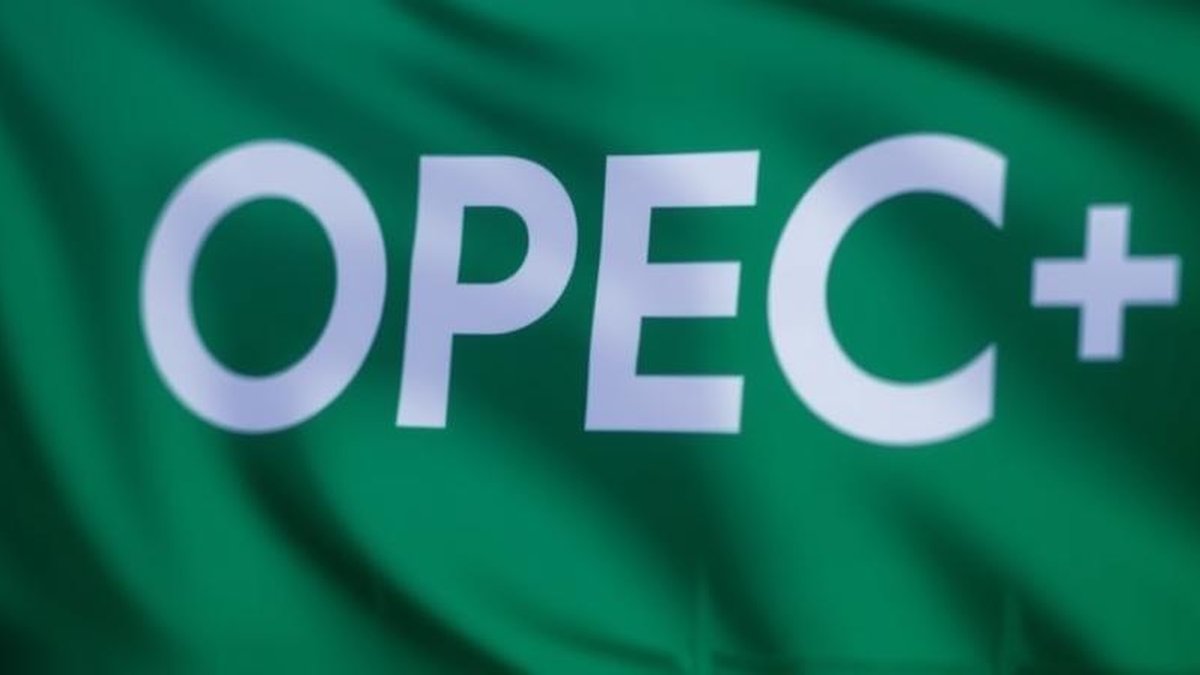Oil Prices Steady as OPEC+ Reaffirms Production Guidance Amid Demand Uncertainty
Crude oil markets maintained stability on Thursday after the Organization of the Petroleum Exporting Countries and its allies (OPEC+) reaffirmed their existing production targets. The group’s latest communication underscored a commitment to supply discipline as members navigate a complex global landscape marked by uneven demand recovery, geopolitical risks, and shifting macroeconomic conditions. Brent crude remained near $89 per barrel, while West Texas Intermediate (WTI) held steady around $85.
1. OPEC+ Maintains Supply Discipline
In its latest statement, OPEC+ reiterated confidence that current production quotas are appropriate for balancing the market. Ministers from Saudi Arabia, Russia, and the United Arab Emirates emphasized that the alliance’s cautious approach aims to support price stability while avoiding excessive supply that could trigger renewed volatility.
“We continue to monitor demand trends closely and stand ready to adjust production if market conditions warrant,” said one OPEC delegate. The group’s Joint Ministerial Monitoring Committee (JMMC) will convene again next month to review updated forecasts and inventory data, with flexibility remaining a cornerstone of the strategy.
2. Global Demand Signals Remain Mixed
While oil demand has gradually improved from pandemic-era lows, recent indicators suggest a plateau in consumption growth. Slower industrial activity in Europe, moderating expansion in China, and subdued diesel demand across key economies have raised questions about the strength of the recovery.
Nonetheless, bright spots persist. Air travel continues to rebound, with international passenger volumes approaching pre-2020 levels, while freight activity in North America and Asia shows tentative improvement. Seasonal factors, such as heating demand in the northern hemisphere, may also provide short-term support in the coming months.
3. Refining Margins Under Pressure
Downstream markets are exhibiting signs of strain. Refining margins in both Asia and Europe have narrowed due to weaker-than-expected demand for gasoline and diesel. Analysts attribute the softness partly to high fuel prices eroding consumer demand and energy efficiency gains reducing consumption intensity.
In Asia, refiners are grappling with rising inventories of middle distillates, while European plants face margin compression from sluggish industrial output. However, kerosene and jet fuel margins are stabilizing as air travel gradually normalizes, providing a modest offset to broader weakness.
4. Inventory Trends and Market Balancing
Traders are closely watching U.S. Energy Information Administration (EIA) data for signals of shifting inventory dynamics. Preliminary reports suggest stockpiles of crude and refined products remain within seasonal norms, indicating neither acute shortage nor surplus conditions.
Market participants note that OPEC+ production discipline, coupled with steady U.S. shale output, has created a finely balanced environment. Any unexpected supply disruption — whether from geopolitical tensions, hurricanes, or unplanned outages — could tighten the market swiftly, while demand disappointments may cap further price gains.
5. Macroeconomic and Geopolitical Backdrop
The oil market’s equilibrium remains intertwined with broader macroeconomic developments. Persistent inflation in major economies, high interest rates, and cautious fiscal policy have moderated growth expectations, weighing on energy demand forecasts. Meanwhile, geopolitical risks — including conflicts in the Middle East and shipping disruptions in the Red Sea — add layers of uncertainty.
Analysts warn that escalating regional tensions could introduce fresh supply shocks, particularly if transport routes or production assets are affected. Conversely, de-escalation and stronger global growth momentum could lift demand more than currently projected.
6. Market Reaction and Investor Sentiment
Financial markets responded with muted movements following OPEC+’s reaffirmation. Brent and WTI futures remained within narrow ranges, while volatility gauges indicated relative calm. Equity investors in energy sectors maintained a cautiously optimistic tone, reflecting confidence in OPEC+’s ability to manage supply effectively.
Oil-linked currencies, such as the Canadian dollar and Norwegian krone, held steady, while major energy equities in Europe posted modest gains. Market strategists suggest that price stability near current levels supports cash flow generation for producers without inviting a surge in non-OPEC supply.
7. Outlook: Fine Balance Between Supply and Demand
Looking ahead, the consensus view among analysts is that oil markets will remain finely balanced through the remainder of the year. OPEC+’s disciplined production, combined with moderate demand growth, is likely to anchor prices in the $80–$90 range for Brent.
However, significant uncertainties persist. Demand elasticity at higher price levels, potential disruptions in major producing regions, and macroeconomic shifts could alter the trajectory. Should central banks ease monetary policy in 2025, improved global growth could lift consumption, while energy transition policies and electric vehicle adoption may cap long-term demand growth.
8. Structural Trends and Transition Dynamics
Beyond short-term balancing, the oil industry faces structural transformation as the global economy accelerates toward decarbonization. Investment in upstream capacity remains subdued relative to historical levels, reflecting caution about long-term demand. Meanwhile, major producers are channeling capital toward petrochemicals, low-carbon fuels, and renewable ventures.
OPEC+ has acknowledged these shifts, emphasizing the need for pragmatic investment strategies to meet evolving energy needs. The alliance continues to argue that underinvestment in conventional oil could lead to supply gaps and price spikes during the transition period.
Key Takeaway
Oil prices steadied on Thursday as OPEC+ reaffirmed its commitment to production discipline, signaling confidence in its market management strategy. The outlook remains delicately balanced: supply restraint is anchoring stability, but demand uncertainty and macroeconomic crosscurrents limit upside momentum. For investors and policymakers alike, the challenge lies in navigating a market shaped by cyclical fluctuations and long-term structural change.
For more analysis on global energy markets, supply-demand dynamics, and OPEC+ policy, explore our dedicated sections on Altcoin Analysis | Exchanges | Apps & Wallets
